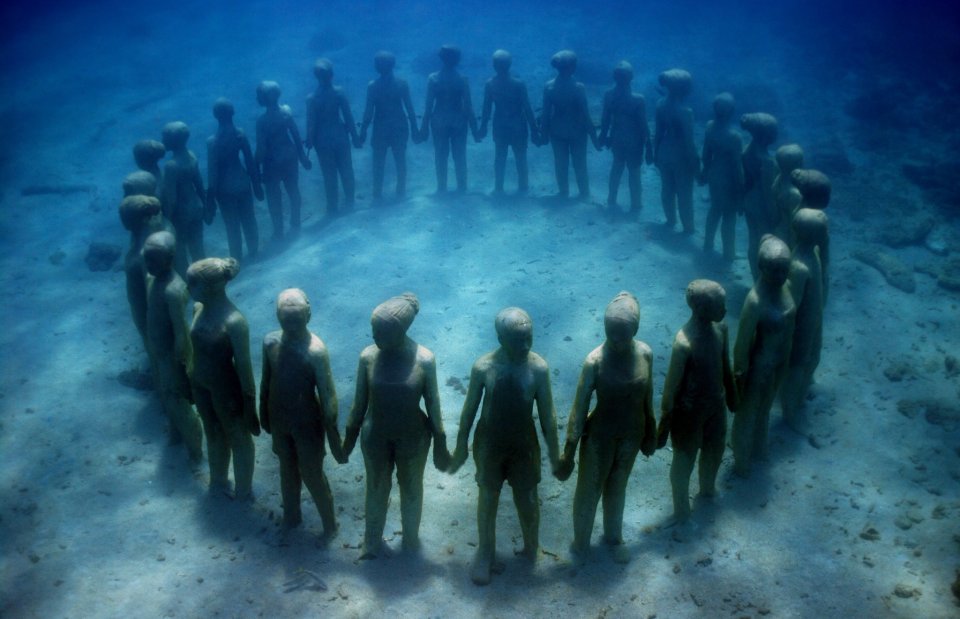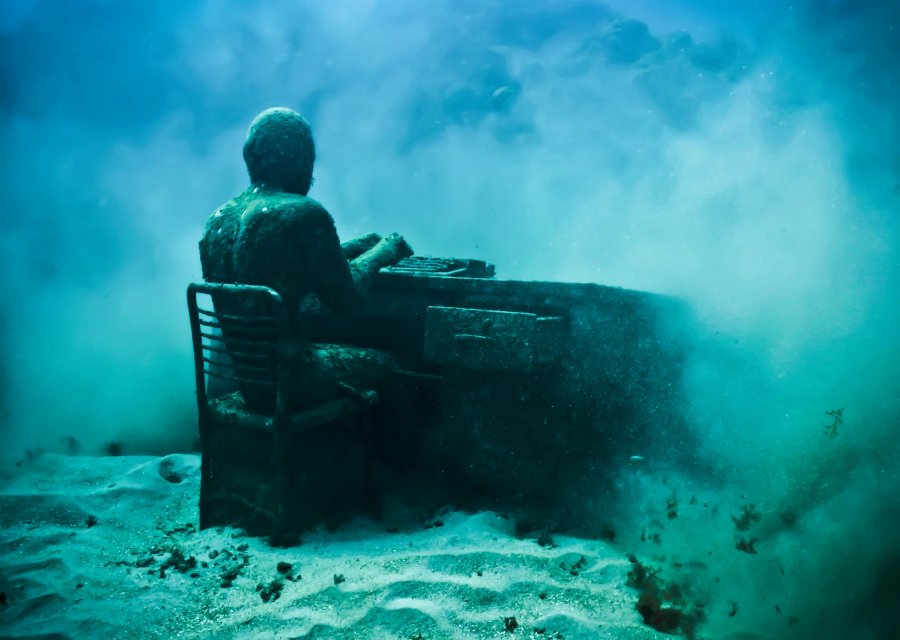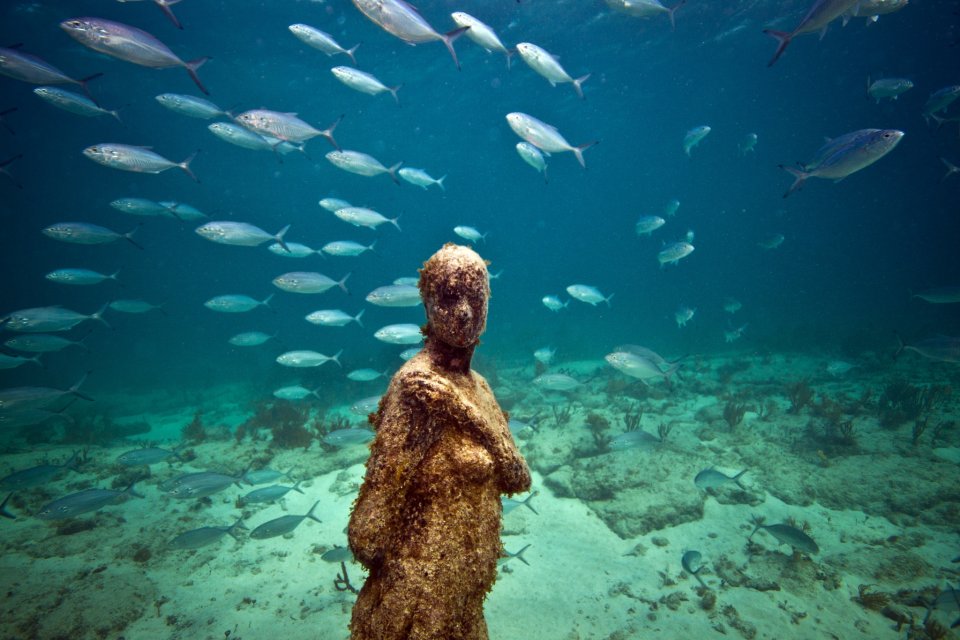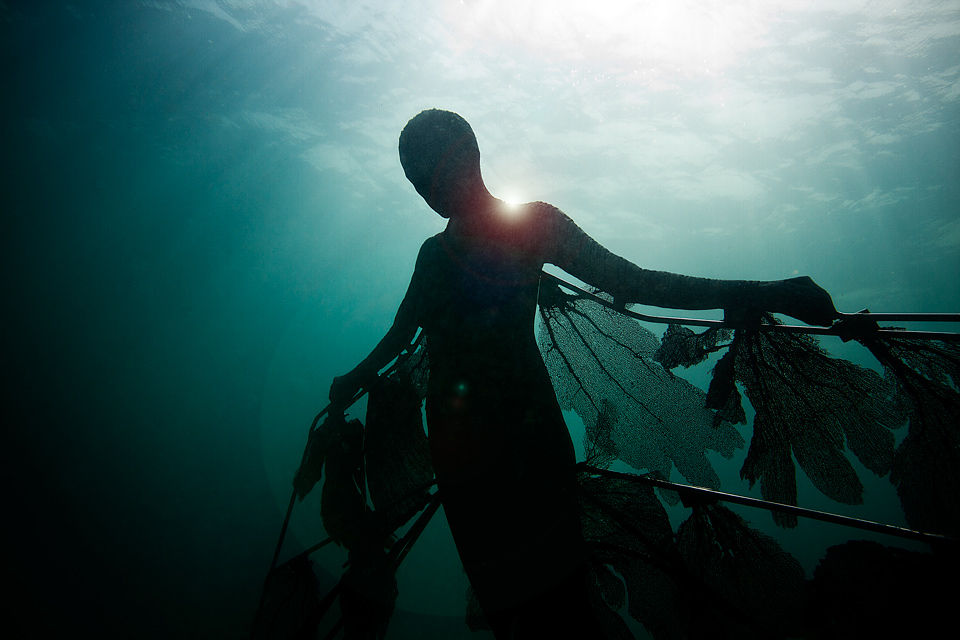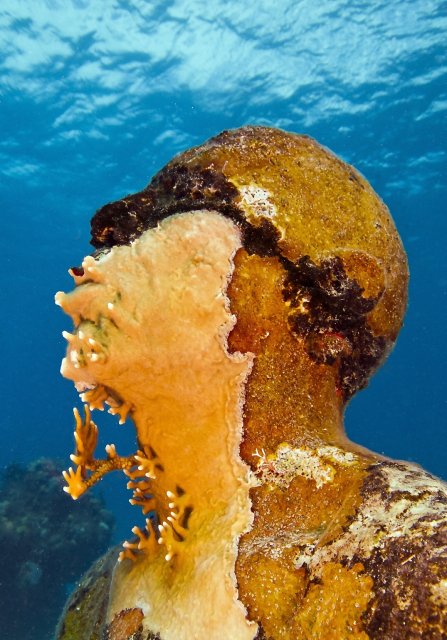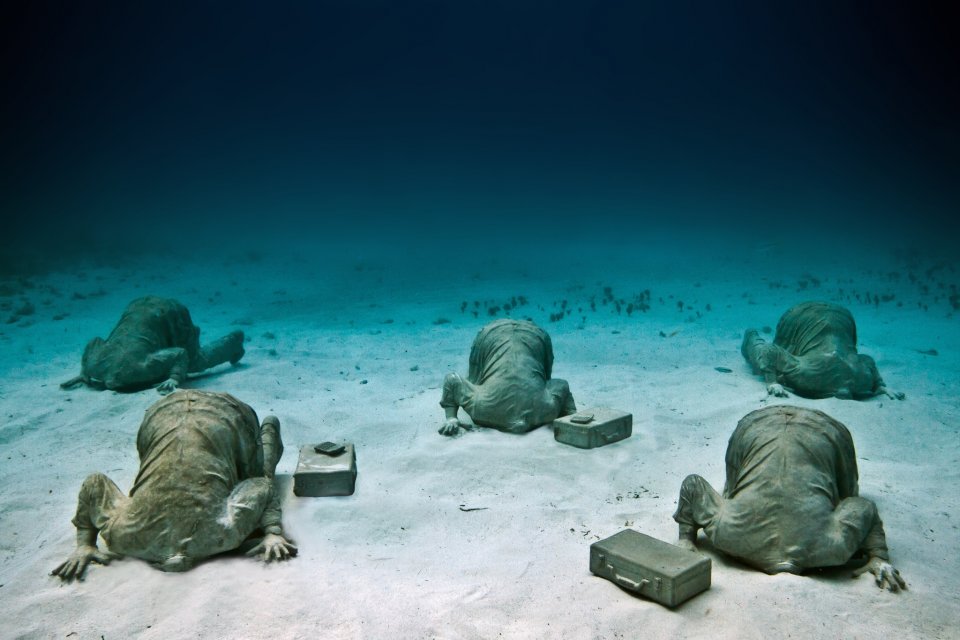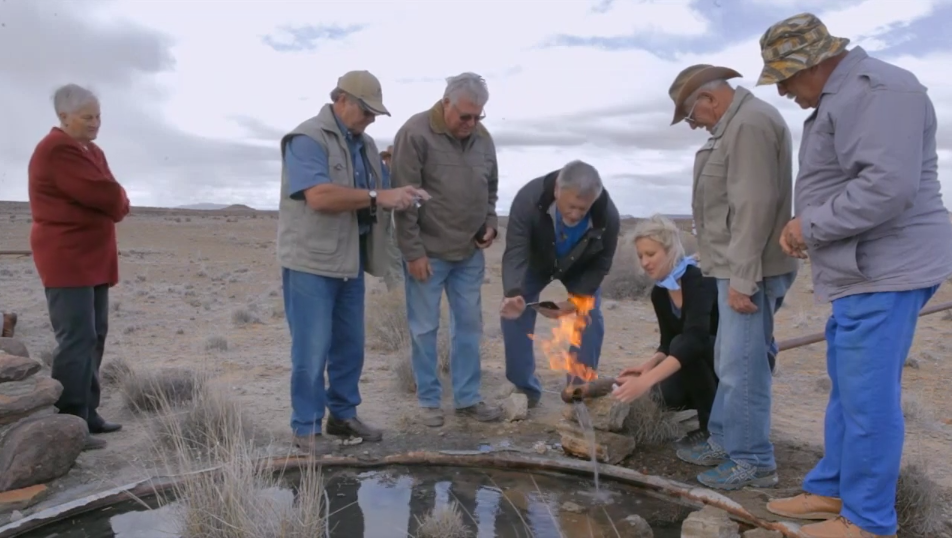The nation is in revolt and it feels good. Britain has awoken from its political mire and everywhere I go – from the supermarket to the pub – people are fired up about this year's general election. Perhaps it's the cumulative effect of years of frustration reading about ridiculous expenses, dodgy deals, tax evasion, broken promises … and witnessing endless repeats of the blame game and political tit for tat. On the other hand, it could just be a vote of confidence in democracy and the realisation that we, the humble electorate, can change the political landscape with the decision we make. If not, it must all be down to Russell Brand dishing out a few home "trews".
This general election will be the closest since the Second World War. Everyone's under fire. The Labour party lacks leadership and has little comeback to the coalition's stabilisation of the economy and reduction in the number of unemployed to a six-year low. They could start with addressing those real wages… Meanwhile, the Conservatives have haemorrhaged support to UKIP on the issues of immigration and equality "with the party widely perceived to be serving the interests of the rich, rather than standing up for aspirational, hard-working families of all backgrounds," say to the Telegraph. Will that wealth ever trickle down? (Their stand on mansion tax is proving particularly toxic, although Labour's own Peter Mandelson, among others, supports a review of council tax instead.)
Milband is trying to muscle in on that low-income voting segment, promising to "make Britain better off" with his 10-point cost of living contract. (You may remember a similar phrase being used by The Conservatives back in 1979 when Saatchi & Saatchi created that 'Labour isn't Working' poster. Someone's having a laugh and I fear the joke's on us.) The Liberal Democrats, already reeling after that broken promise about tuition fees, have also been Faraged. Then there is that dark horse, the Green Party, which has split the left-wing vote and currently stands at about 10% in the polls. Once the object of ridicule in political circles, now poised to crash the party on live TV, chipping away at the prospects of a Labour majority and leaving David Cameron rubbing his hands with glee. But will their commune approach to government leave Britain wallowing in negative growth, struggling to support itself? Does Natalie Bennett actually know how they are going to pay for their peaceful utopia? Err no and … err … no.
Admittedly, I've been woefully apathetic towards British politics for years, my attitude shaped both by my childhood memories of Spitting Image satire and later the pomp and pageantry of increasingly meaningless traditions such as PM's Question Time. What we are seeing now in this country is that public discontent has reached critical mass and, encouraged by the last year's turn out for Scottish referendum – where democracy was the true victor – there is a sense that we can shape our own destiny for the first time in years.
Besides a growing feeling or helplessness or detachment from the political system – a defeatist response that perpetuates political control in the eyes of Adam Curtis – the other big issue has been misinformation. Putting aside the main parties' increasingly ideology-free scramble over the middle ground, you'd be hard pressed to clearly distinguish between each candidate and their key policies. (No such problem with the Green Party, however…) How are you supposed to make an informed decision?
Vote for Policies is a valuable attempt to tackle this problem head on and they have just updated their site in line with current policy pledges so do take the almost blind test and see where your vote should be heading. In the meantime, I have decided to set my own test and – avoiding the potential bias of a newspaper or blog article – attempted to pick apart the current manifestoes of each party in an attempt to pinpoint where each stands on the key issues of the day. Excel-intolerant readers look away now… Here's what I found. I will try to update this as each party shows their hand.
You can also pour over the BBC's rundown of the who's offering what here (especially if you are an SNP or Plaid Cymru follower).
The main point is that I shouldn't have to do this. It speaks poorly of political parties that they would each rather snipe at one another and play "he said, she said" then have a reasoned and honest debate about what's best for Britain. Rather than try to catch out the other party, how about starting with yourself – admit where you have gone wrong in the past, say what you promise to do in the future and challenge the proposals of the others based on facts.
But no, where's the fun in that?
So it's down to us. Let's call this the year of radical thinking. Read well, question hard and then … take a leap of faith.






![8. “We should not look down on work nor look down on [our early works] as failures. To fail is to give up. But you are in the midst of a moving process. Nothing fails then. All goes on. Work is done. If good, you learn from it. If bad, you lear…](https://images.squarespace-cdn.com/content/v1/505875d2c4aa5fcea75608a9/1417989501028-4T5FW3FK7GF0D3IJDLZH/Ray_Bradbury)








